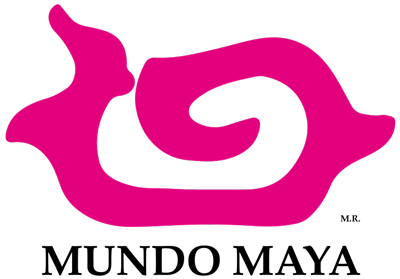Belice, el único país anglófono de Centroamérica, le ofrece una combinación de experiencias únicas y memorables. Miles de hectáreas de selva virgen por explorar, incluyendo la única área protegida de jaguares del mundo.
¡Agárrate a la vida!

Datos sobre Belice
27º
Temp Media
103
Áreas protegidas
3
(Inglés, Español y Criollo beliceño)
Ayuda
Números de emergencia
Asistencia al Turista
911
Marca desde cualquier dispositivo. Teléfono fijo o móvil.
Policía
90
Marca desde cualquier dispositivo. Teléfono fijo o móvil.
Hospital
911
Marca desde cualquier dispositivo. Teléfono fijo o móvil.
Bomberos
90
Marca desde cualquier dispositivo. Teléfono fijo o móvil.


